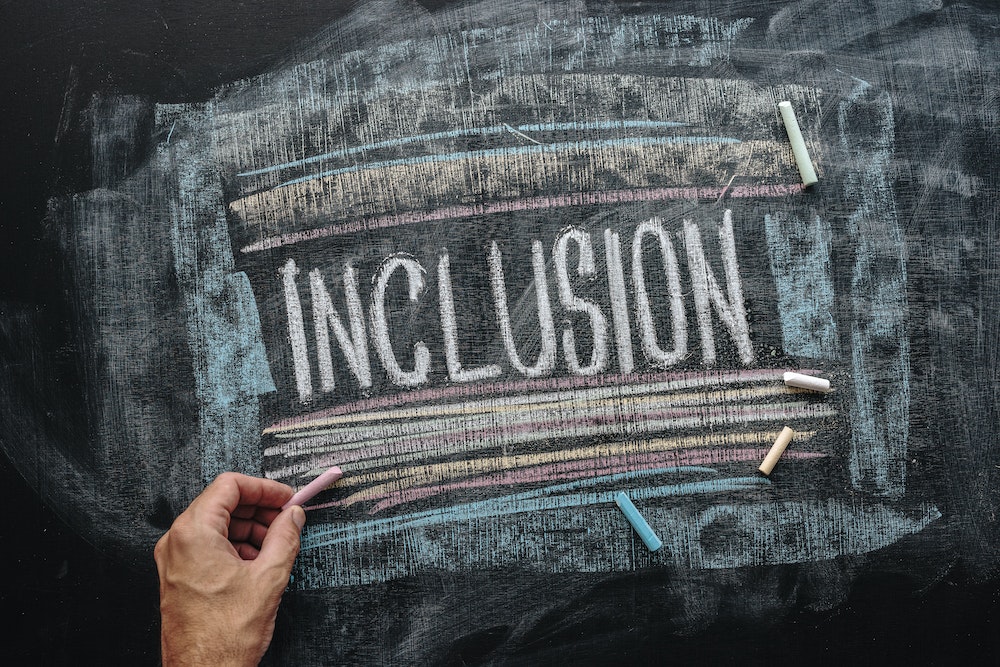How to Design Real Estate to Address the Special Needs of Autistic Individuals?

In the realm of real estate, designing for the diverse needs of the entire community is the new norm. You have been called upon to accommodate the special needs of every individual, including those on the autism spectrum. In today’s society, autism is far from an uncommon condition. According to the Centers for Disease Control and Prevention, one in 54 children in the United States is diagnosed with autism spectrum disorder (ASD). For these children and their families, a house is more than just a real estate investment – it’s a sanctuary that caters to their unique needs and fosters their growth and development. This article will delve into the essentials of designing real estate that can serve as a secure, comfortable, and enabling environment for individuals with autism.
Understanding Autism and Its Impact on Housing Needs
Before we delve into the design elements, it’s crucial to understand what autism is and how it affects the housing needs of individuals. Autism, or autism spectrum disorder, refers to a broad range of conditions characterized by challenges with social skills, repetitive behaviors, speech, and nonverbal communication. Autism affects each person differently, meaning every autistic individual will have a unique set of needs.
In the same genre : What Strategies Can Be Used to Finance Green Retrofit Projects in Commercial Real Estate?
One significant aspect of autism is sensory sensitivity. Many people with autism have an atypical response to sensory input. This could mean being hypersensitive (over-responsive) or hyposensitive (under-responsive) to certain sensory input. So, how does this translate to housing needs?
Well, for starters, an autistic person might be extremely sensitive to light or sound. Therefore, they might require a house with soundproof walls or adjustable lighting. Another might have physical coordination issues, which could necessitate a house with ramps instead of stairs. Understanding these unique needs is the first step towards designing a suitable living space for an autistic individual.
Have you seen this : How to Integrate Pet-Friendly Amenities in Luxury Condominiums?
Building Trust with Autistic Clients and Their Families
Designing real estate for autistic individuals isn’t a task you can undertake in isolation. It involves working closely with the family, and in some cases, the person on the autism spectrum. Collaborative dialogue between you, as the real estate professional, and your clients is essential.
Building trust with your clients is crucial. Families with autistic children or individuals can often feel misunderstood or overlooked. They need reassurance that you genuinely understand their needs and will work to address them. This involves active listening, showing empathy, and demonstrating a solid understanding of autism and its impact on their housing needs.
Given the diverse nature of autism, it’s crucial to consult with the person on the spectrum (if possible) or their family. They could provide critical insights into their sensory sensitivities, the kind of environment they find most soothing, their daily routines, and the challenges they encounter in their current living spaces. This information will inform your design process, ensuring the final product is tailor-made to the client’s specifications.
Integrating Autism-Friendly Design Elements
What makes a house autism-friendly? The answer to this question will vary from one autistic individual to another. However, there are common design elements that tend to work well with most people on the spectrum. These are typically focused on creating a safe, calming and predictable environment.
First off, consider the use of colors. Soft, muted colors are typically soothing to individuals with autism. Bright, harsh colors might over-stimulate their senses and cause distress. Therefore, walls, floors, and even furniture could benefit from a more muted palette.
Next, take into account the need for quiet spaces. Given the sensory sensitivities common in autism, a quiet space where the individual can retreat to when overwhelmed could be incredibly beneficial. This could be a room with soundproof walls or a secluded spot in the garden.
The layout of the house should also promote predictability and order. Individuals with autism often prefer routines and struggle with unexpected changes. A straightforward, logical layout can help them navigate the house with ease. This could mean having clearly defined spaces for different activities, such as eating, sleeping, and playing.
The Role of the Community and Estate Trustees
While the design of the house itself is crucial, the surrounding community and the role of estate trustees cannot be overlooked. The community can play a significant role in fostering a welcoming and understanding environment for autistic individuals. This could involve educating the residents about autism, promoting inclusive activities, and ensuring public spaces within the community are autism-friendly.
On the other hand, estate trustees can influence the housing options available for autistic individuals. Estate planning for families with autistic children often involves setting up a special needs trust. The trustee of this trust has a fiduciary duty to ensure that the funds are used in the best interest of the autistic individual. This includes securing suitable housing that caters to their needs. By working with real estate professionals knowledgeable about autism, trustees can ensure that the housing purchased aligns with the specific needs of the autistic individual.
Designing real estate for autistic individuals is a multifaceted process. It involves understanding the unique needs and sensory sensitivities associated with autism, building trust with the autistic individuals and their families, integrating autism-friendly design elements, and working with the community and estate trustees. As real estate professionals, we have a role to play in creating inclusive living spaces that cater to the needs of every member of our community.
Accommodating Autism in the Broader Real Estate Market
Understanding the specialized needs of autistic individuals is critical, but it’s equally important to consider how these needs can be accommodated within the broader real estate market. There may be challenges, such as affordability issues or a lack of available properties that meet the specific needs of autistic individuals. However, these challenges can be addressed with strategic planning and creative problem-solving.
One possible solution is to incorporate autism-friendly design elements into mainstream housing developments. This approach is known as "universal design," which seeks to make environments accessible and usable for all people, regardless of age, ability, or status in life. By incorporating elements like adjustable lighting, noise reduction features, and logical layouts into all homes, real estate developers can make housing more inclusive for everyone, including those on the autism spectrum.
Another solution is for families with autistic members to consider estate planning. This can include setting up a special needs trust to ensure that the autistic individual’s housing needs will be met in the future. Estate planning can also involve working with a real estate professional who understands autism and can help guide the family in making the best decisions regarding housing.
For the real estate industry, recognizing and catering to the needs of autistic individuals can also open up new markets and opportunities. As awareness and understanding of autism increase, so will demand for autism-friendly housing. By meeting this demand, the real estate industry can contribute to the well-being of autistic individuals while also growing and evolving in new directions.
Conclusion: Creating a More Inclusive Real Estate Landscape
In conclusion, designing real estate to address the special needs of autistic individuals is a complex but necessary endeavor. It requires an understanding of autism spectrum disorder, empathy for the unique challenges faced by autistic people, and a willingness to collaborate with clients and their families. It also demands creativity and adaptability to ensure that housing needs are met in a way that is both practical and respectful.
The real estate industry has the opportunity to play a pivotal role in improving the lives of autistic individuals and their families. By creating safe, comfortable, and autism-friendly environments, real estate professionals can help foster a sense of belonging and independence for individuals with autism.
Moreover, the broader community and estate trustees also have a role to play in this inclusive approach. A supportive and educated community can enhance the quality of life for autistic individuals, while a well-managed special needs trust can secure their long-term housing needs.
The task may be challenging, but the rewards — improved quality of life for individuals with autism and a more inclusive society — are immeasurable. As our understanding of autism continues to evolve, so too should our approach to designing and providing real estate for this often overlooked segment of our communities. It’s not just about constructing a building, it’s about creating a home that speaks the language of autism and caters to the needs of every individual. As we continue to work towards this goal, the real estate industry can truly claim to serve all members of our diverse society.
